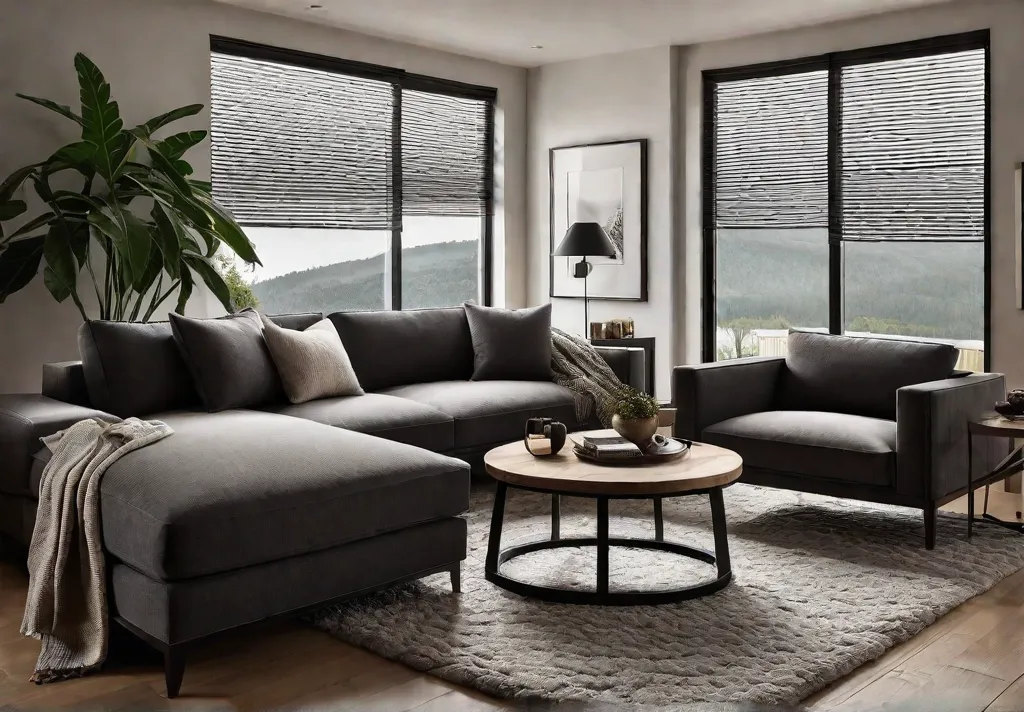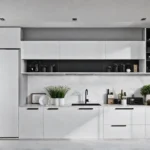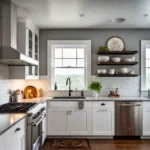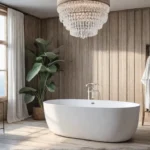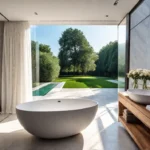The living room is the heart of the home, where family and friends gather to relax, entertain, and create lasting memories. Designing a well-designed living room requires a thoughtful approach considering the balance of functionality, aesthetics, and personal style. According to a survey by the American Institute of Architects (AIA), 57% of homeowners are remodeling their living rooms to create more functional and stylish spaces.
A well-designed living room can transform a house into a home. For instance, a modern living room with a minimalist color scheme, sleek furniture, and plenty of natural light can create a serene atmosphere for relaxation and contemplation. On the other hand, a cozy living room with plush seating, warm colors, and inviting accessories can evoke a sense of comfort and hospitality.
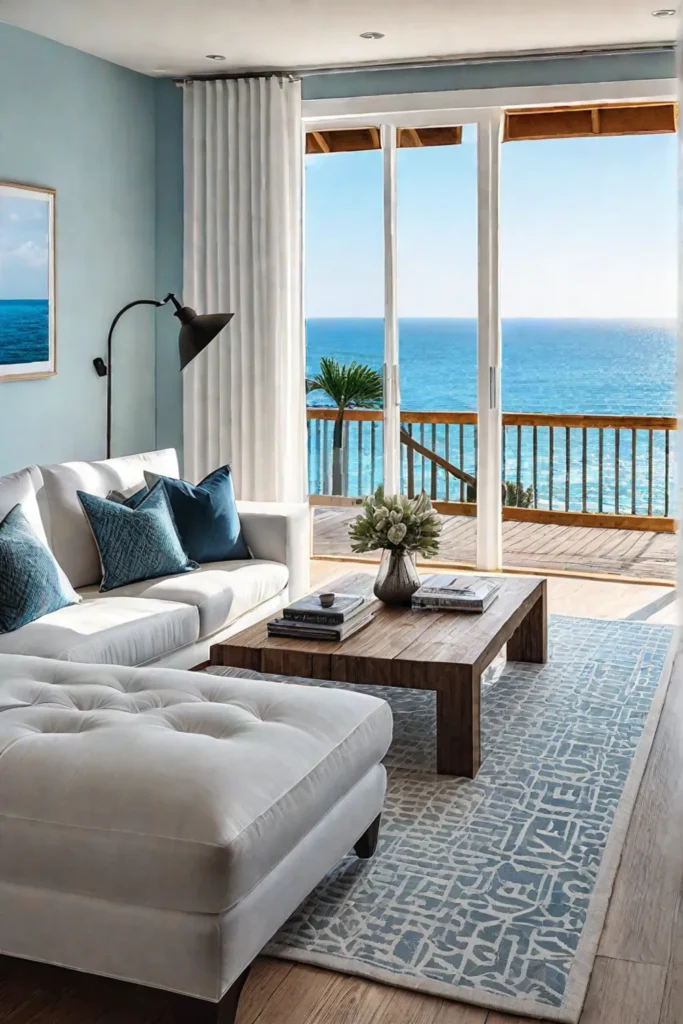
In this comprehensive guide, we’ll explore the essential elements of a well-designed living room, providing practical tips, inspiring ideas, and expert insights to help you create your dream living space.
Furniture Arrangement
Furniture placement is a crucial aspect of living room design, as it can significantly impact the space’s flow, functionality, and visual appeal. When arranging your furniture, start by identifying the room’s focal point. This could be a fireplace, a large window, or a unique architectural feature. Placing your furniture around the focal point creates a sense of balance and allows the eye to rest on a visually appealing element.
Next, consider arranging your furniture to facilitate conversation and interaction. The living room is often the central gathering space in a home, so it’s essential to create a layout that encourages people to engage with one another. This can be achieved by placing seating options in a conversational grouping, with a coffee table or ottoman in the center for easy access to drinks and snacks.
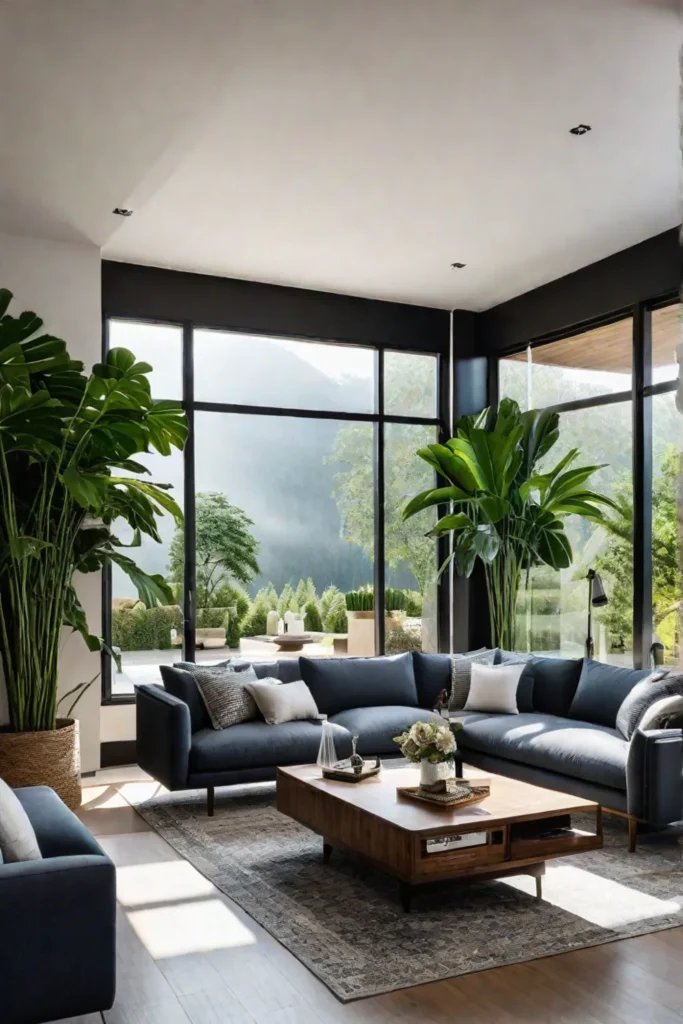
Balancing symmetry and asymmetry in the furniture layout can also add visual interest and depth. For example, placing an asymmetrical rug in a symmetrical room can create a sense of balance while adding visual appeal.
Finally, multi-functional pieces, such as a sofa bed or multi-functional storage, should be incorporated to maximize limited living room space. These pieces can serve multiple purposes, making them ideal for small living rooms.
Lighting Design
Lighting plays a crucial role in the ambiance and functionality of a living room. To create a well-lit and visually stunning space, incorporate a mix of ambient, task, and accent lighting. Ambient lighting provides overall illumination, task lighting serves specific purposes (e.g., reading), and accent lighting highlights architectural features or artwork.
When selecting light sources, choose a combination of floor lamps, table lamps, and overhead fixtures to cater to different lighting needs. Explore using dimmable lights and smart lighting systems, as these can enhance functionality and energy efficiency. Don’t forget to consider the impact of natural light and how to maximize its benefits, such as positioning furniture to allow sunlight in and using light-colored walls to reflect light.
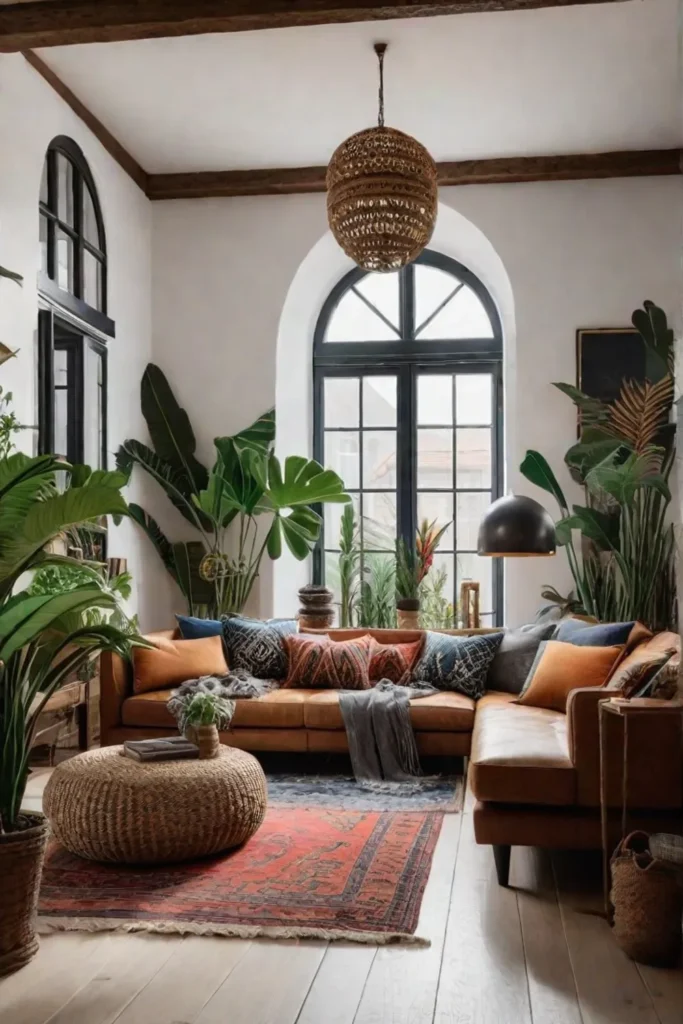
Layering different types of lighting can help create a sense of depth and dimension within the living room. For example, a reading nook could benefit from a floor lamp with a warm-toned bulb, while a conversation area might require a central overhead light or a table lamp with a more neutral bulb.
Color and Texture
Color and texture are powerful design elements that can significantly impact the mood and atmosphere of a living room. When selecting a color scheme, consider the desired mood and style. Warm tones, such as reds and oranges, can create a cozy and inviting atmosphere, while cool tones, like blues and greens, can have a calming effect.
Incorporate a balance of neutral and accent colors to create a cohesive design. Neutrals, such as beige, gray, and white, serve as a backdrop for accent colors, which add visual interest and depth. Experiment with various textures, such as plush fabrics, natural materials, and metallic accents, to add visual interest and create a sense of tactile richness.
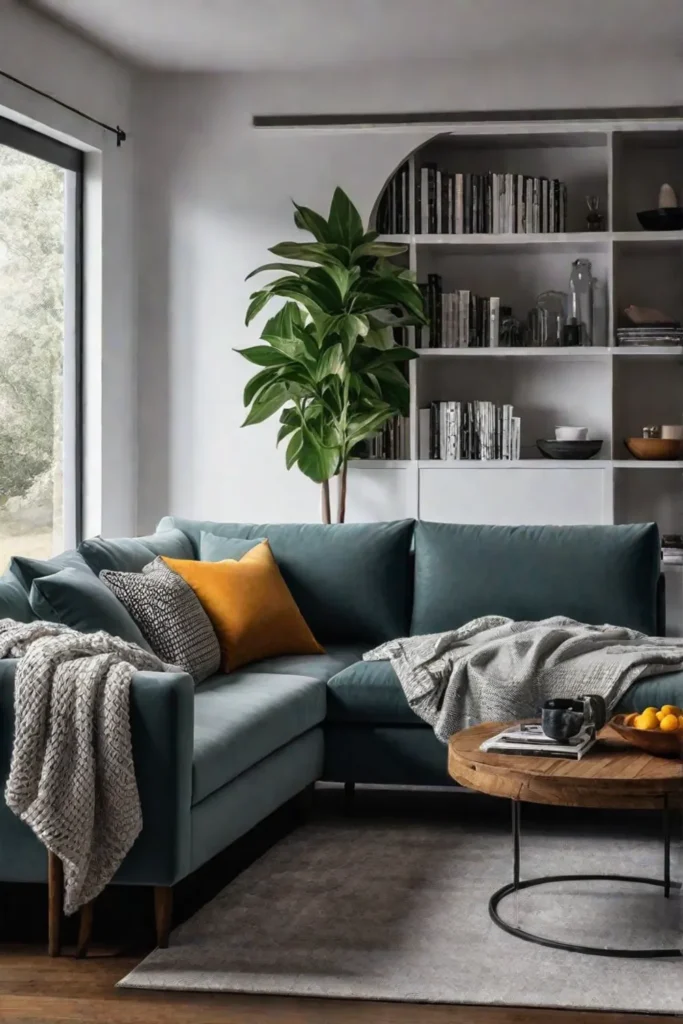
Patterns can also add visual interest and depth to your living room design. Consider the scale and placement of patterns to complement the overall aesthetic. For example, a large-scale pattern on a statement piece, like a rug or a throw pillow, can create a bold focal point, while smaller patterns can add subtle visual interest to the space.
Accessorizing and Styling
Accessories and styling are the finishing touches that bring a living room design to life. Start by selecting artwork, wall decor, and mirrors that resonate with your style and interests. These elements can enhance the visual interest of the space and create a sense of cohesion.
Incorporate decorative pillows, throws, and other soft furnishings to add comfort and personality to the living room. Choose items in complementary colors and patterns to create a cohesive look, and consider the texture of the fabric to add a sense of luxury and warmth.
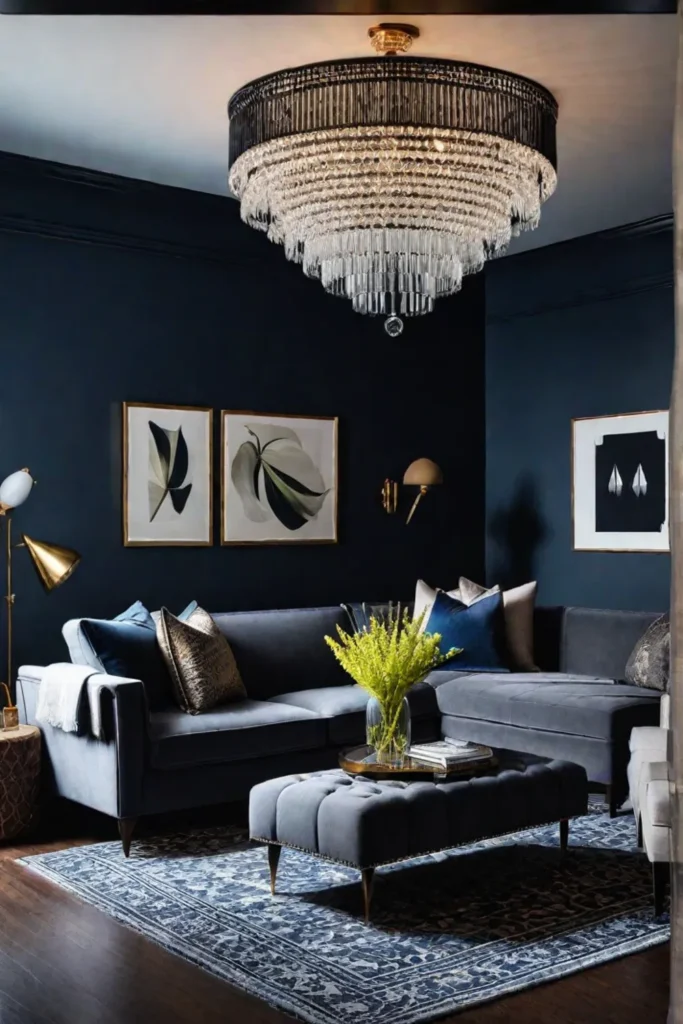
Curate a collection of meaningful objects, such as books, plants, and personal mementos, to reflect your unique style and interests. Arrange these items strategically to create focal points and visual balance. Remember the rule of three, a common design principle that suggests grouping items in odd-numbered arrangements for a more visually appealing and harmonious display.
Maximizing Space and Storage
In many homes, the living room is a multifunctional space that can accommodate various activities and storage needs. Explore strategies for incorporating functional storage solutions to maximize the available space and maintain a clutter-free environment.
Start by identifying and utilizing underutilized spaces, such as corners or nooks, for storage or display. Incorporate multi-purpose furniture, like ottomans with hidden storage or shelving units, to help reduce clutter and maintain a clean, uncluttered aesthetic.
Consider built-in cabinetry and wall-mounted shelves as excellent options for maximizing space and storage in your living room. These solutions can be custom-designed to fit the room’s specific dimensions and tailored to meet your storage needs.
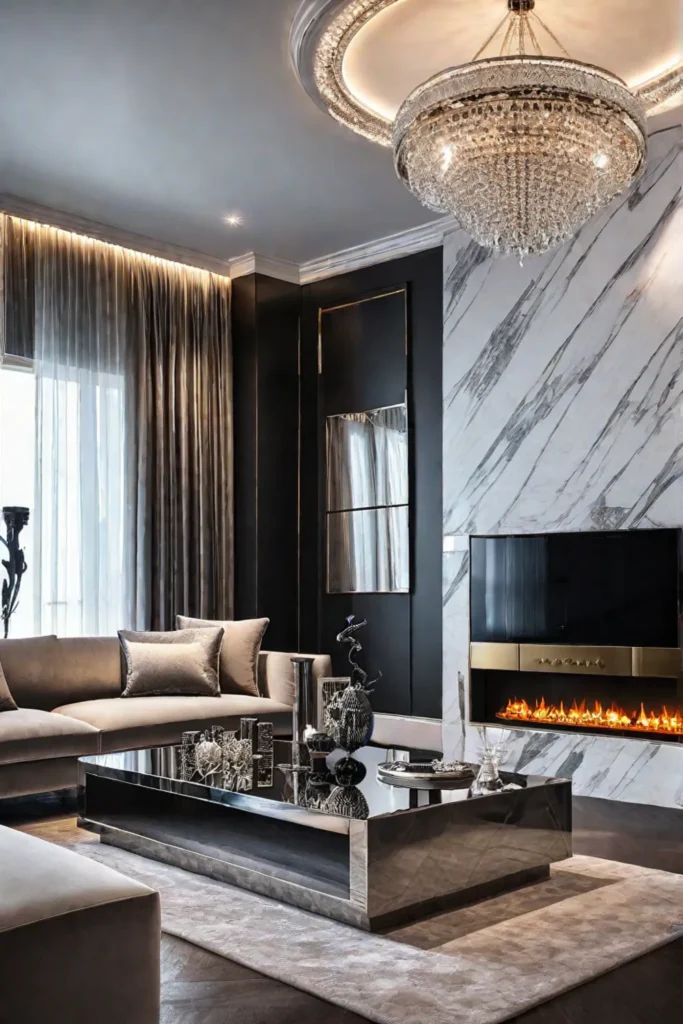
When balancing functional storage with the overall aesthetic of the living room, aim to select storage solutions that complement the existing decor and organize stored items to enhance the overall appearance of the space. Utilizing vertical space through tall bookcases or wall-mounted shelves can also help optimize storage while maintaining a clean, uncluttered living room.
Sustainability and Eco-Friendly Considerations
As homeowners become increasingly conscious of their environmental impact, incorporating sustainable and eco-friendly elements into living room design has become a trend. Sustainable living room design can positively impact the environment and contribute to a healthier, more energy-efficient home.
When selecting furniture, textiles, and decor for your living room, look for pieces made from reclaimed or recycled materials, such as wood furniture or recycled plastic rugs. Opt for natural fibers, like organic cotton or linen, for textiles and choose eco-friendly materials like bamboo, cork, or recycled rubber for flooring.
Incorporating energy-efficient lighting fixtures and exploring smart home technology can also help reduce energy consumption in your living room. Opt for LED bulbs, which use up to 80% less energy than traditional incandescent bulbs, and consider installing motion sensors or timers to ensure lights are only on when needed.
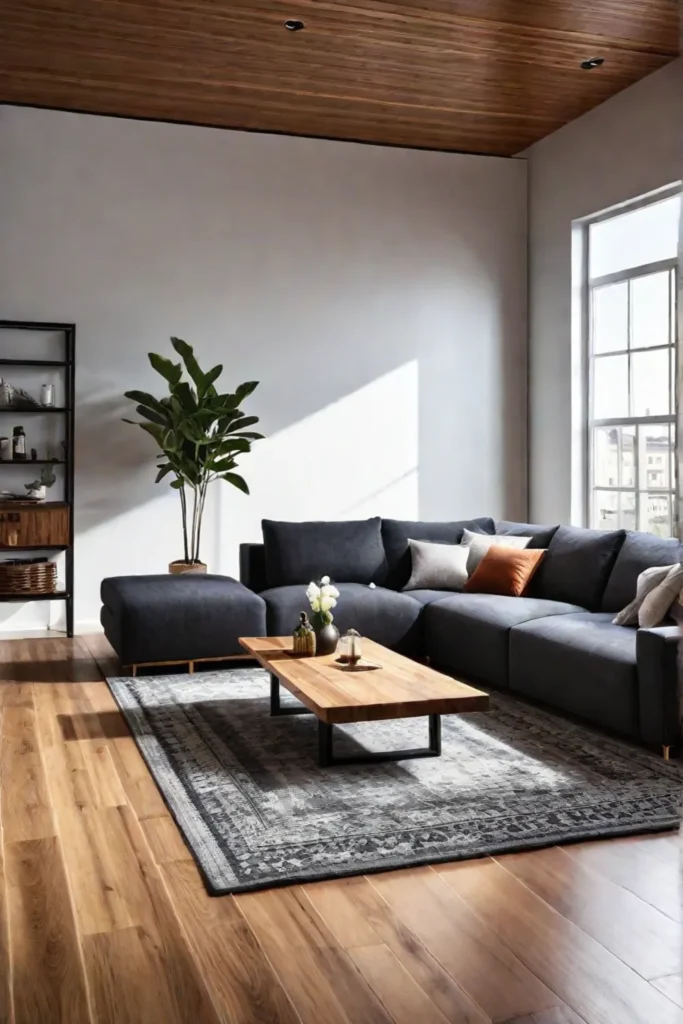
Incorporating natural elements, like potted plants or natural fiber textiles, can enhance the living room’s aesthetics and improve indoor air quality. Plants act as natural air purifiers, removing pollutants and releasing oxygen, while natural fibers can help regulate indoor humidity levels.
When considering the lifecycle and longevity of your living room furnishings and decor, opt for high-quality, durable pieces that will last for years rather than disposable items that may need to be replaced frequently. This approach can help create a more sustainable and environmentally conscious design.
Trends and Emerging Technologies
Living room design is constantly evolving, with new trends and emerging technologies continuously shaping how we create and experience our living spaces. One of the latest trends is the rise of multifunctional furniture, which is increasingly popular as homeowners seek to create flexible spaces that accommodate remote work, virtual socializing, and other activities.
Another trend is the growing popularity of biophilic design, which incorporates natural elements into interior spaces. This design approach can help improve air quality, reduce stress, and create a more soothing living environment.
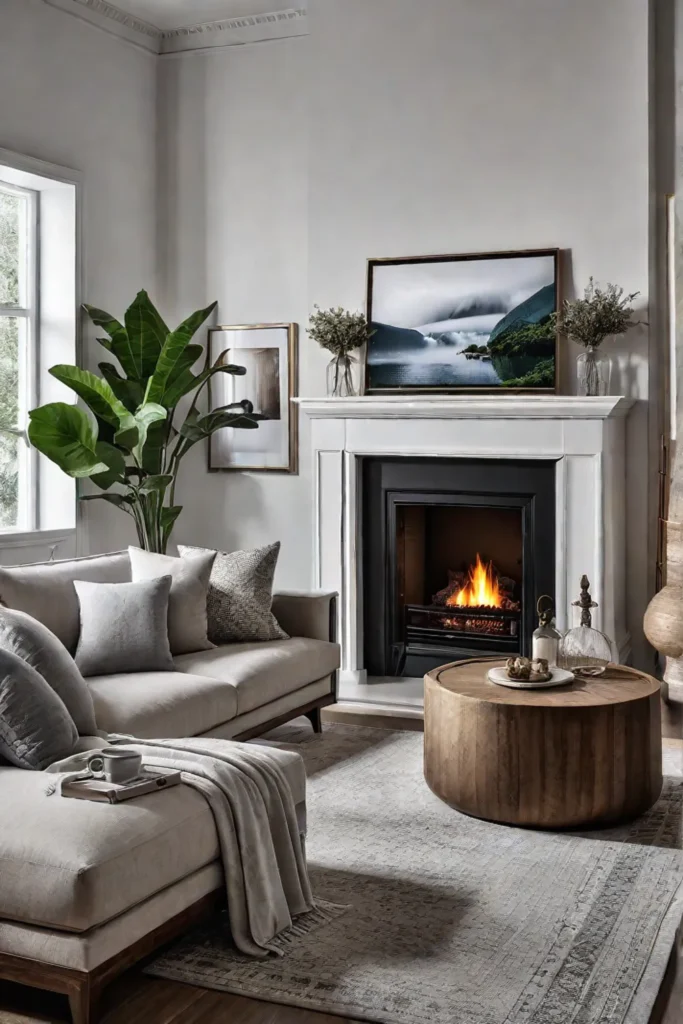
In terms of emerging technologies, smart home technology has become a staple in many living rooms. Voice-controlled assistants, such as Amazon’s Alexa or Google Assistant, can control various aspects of the home, from lighting and temperature to entertainment systems, providing convenience and ease of use. Automated lighting systems can also be integrated into living room designs to create ambiance and save energy.
Looking to the future, virtual reality (VR) and augmented reality (AR) technologies have the potential to revolutionize the way we design and interact with our living spaces. VR can allow homeowners to visualize and explore different design options before making a final decision, providing a more immersive and engaging design experience. AR can overlay digital information onto the real world, enabling homeowners to visualize furniture in their living room space before purchasing.
Conclusion
Designing a well-designed living room requires a thoughtful approach that balances functionality, aesthetics, and personal style. By incorporating the essential elements we’ve explored, such as strategic furniture arrangement, intelligent lighting design, and the strategic use of color and texture, you can create a living room that is both visually appealing and tailored to your unique needs and preferences.

Remember, living room design is not a one-size-fits-all endeavor. Embrace your style and explore unique design approaches, such as incorporating custom-built furniture or bespoke architectural elements, to create a unique living space. Don’t be afraid to work with a professional designer or interior stylist to help translate your vision into reality.
With these tips and insights, you’re well on your way to creating the living room of your dreams. So, what are you waiting for? Start planning your living room transformation today!
